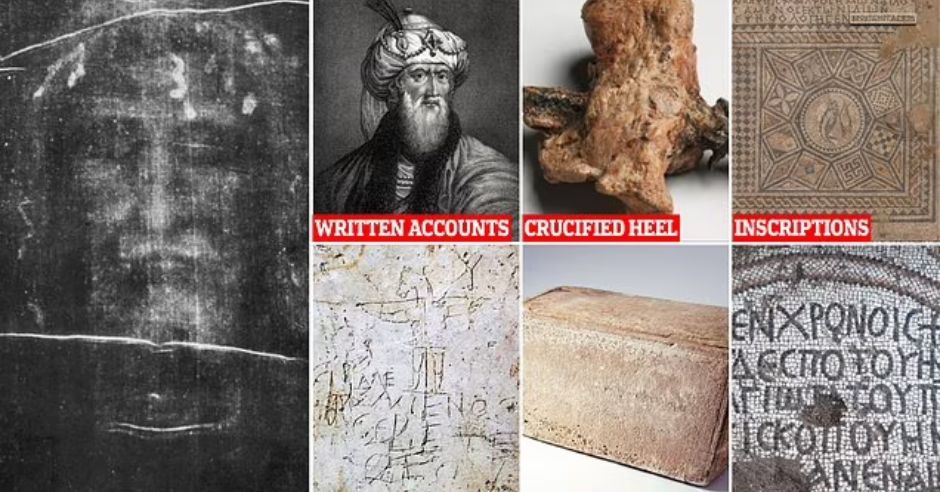The question of Jesus Christ’s existence is a cornerstone of Christian faith and a subject of intense historical and theological debate. While the New Testament provides the primary accounts of his life, death, and resurrection, physical evidence directly linked to Jesus has remained elusive. Enter Ron Wyatt, an amateur archaeologist whose controversial claims have ignited both fervent belief and staunch skepticism, particularly his assertions regarding the Ark of the Covenant and the “blood of Jesus.”

Wyatt, who passed away in 1999, claimed to have made several significant biblical discoveries, including the actual locations of Noah’s Ark, Sodom and Gomorrah, and the crossing of the Red Sea. However, it is his alleged findings related to the crucifixion of Jesus that have garnered the most attention and controversy.
According to Wyatt’s accounts, in 1982, while excavating a site outside the walls of Jerusalem that he believed to be Golgotha (the place of crucifixion), he discovered a cavity beneath a crucifixion site. Inside this cavity, he claimed to have found the Ark of the Covenant, and upon the Ark, traces of what he believed to be the blood of Jesus Christ, having dripped down from the cross above during the crucifixion.
Wyatt further claimed that this blood was tested in a laboratory in Israel (though no reputable lab has ever confirmed this) and found to have only 24 chromosomes – 23 from the mother (Mary) and one from the divine father, thus supposedly proving Jesus’s divine nature.
However, the archaeological and scientific communities have largely dismissed Wyatt’s claims due to a lack of peer-reviewed evidence, proper documentation of his excavations, and inconsistencies in his accounts. Key criticisms include:
- Lack of Archaeological Rigor: Wyatt’s methods were often unconventional and lacked the systematic documentation and peer review expected in legitimate archaeological digs.
- No Independent Verification: No other archaeologists have been able to verify Wyatt’s alleged discoveries, and the purported locations he identified are not widely accepted by the scientific community.
- Unsubstantiated Scientific Claims: The alleged laboratory testing of the blood has never been confirmed by any reputable scientific institution. The claim of 24 chromosomes is biologically implausible for a human.
- Conflicting Accounts: Over time, details of Wyatt’s stories sometimes shifted, further undermining their credibility in the eyes of skeptics.
Despite the lack of mainstream support, Wyatt’s claims continue to resonate with many believers who see his discoveries as tangible proof of biblical events and the divinity of Jesus. Websites and groups dedicated to his work actively promote his findings.
The story of Ron Wyatt and his alleged discoveries serves as a powerful example of the intersection of faith, history, and the human desire for concrete evidence of the spiritual realm. While his claims regarding the “blood of Jesus” and the Ark of the Covenant remain highly controversial and lack scientific validation, they continue to fuel belief and discussion for those seeking tangible links to the life of Christ.
Ultimately, whether one believes Wyatt’s accounts is often a matter of faith rather than scientific certainty. The lack of verifiable evidence means his claims remain firmly outside the realm of accepted archaeological and scientific findings.
What do you make of Ron Wyatt’s claims? Do you believe physical evidence can strengthen faith? Share your thoughts on this controversial topic in the comments below!

